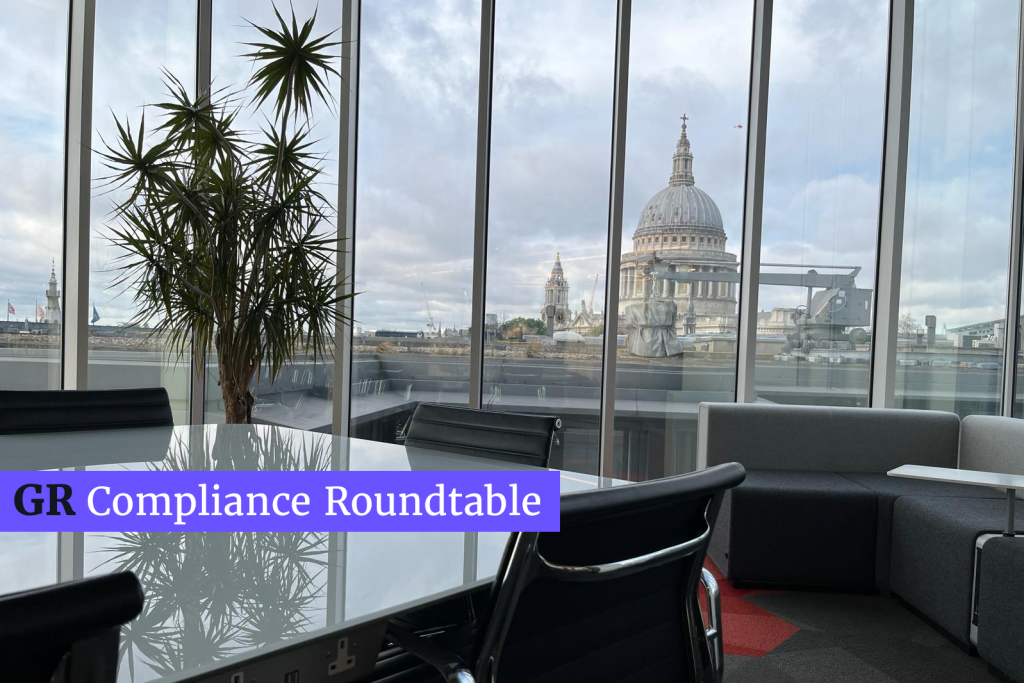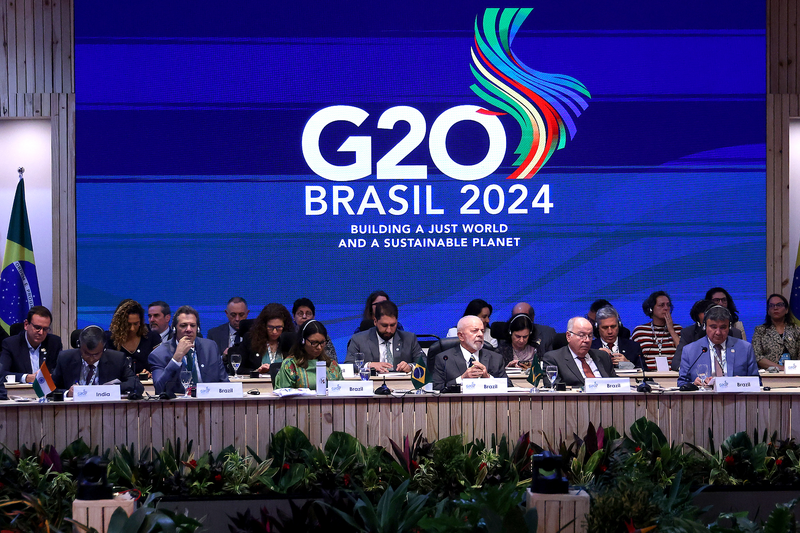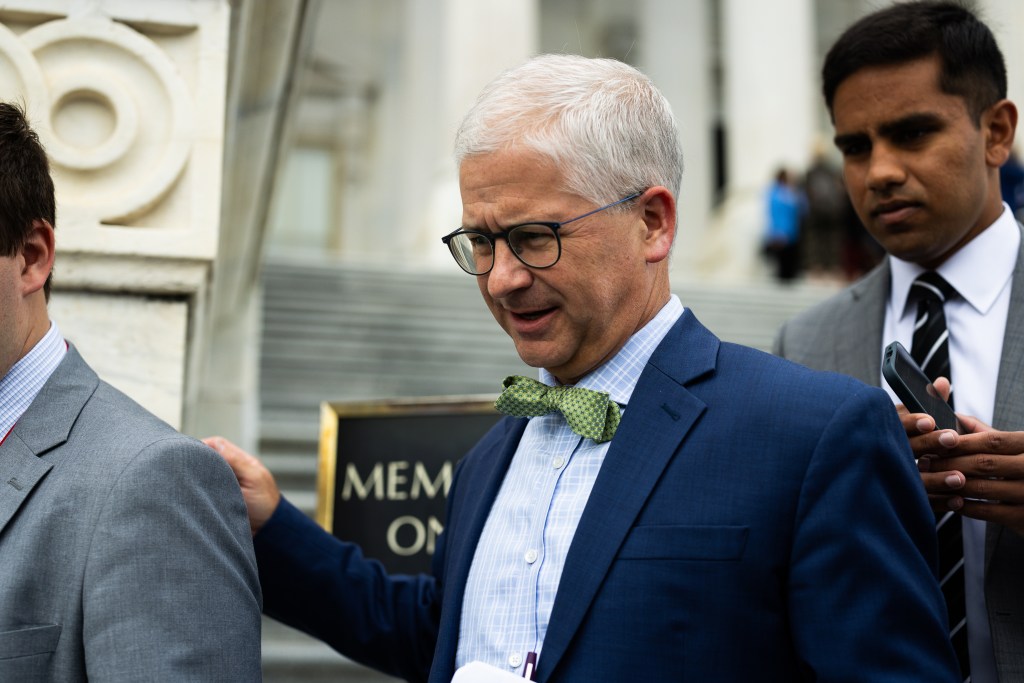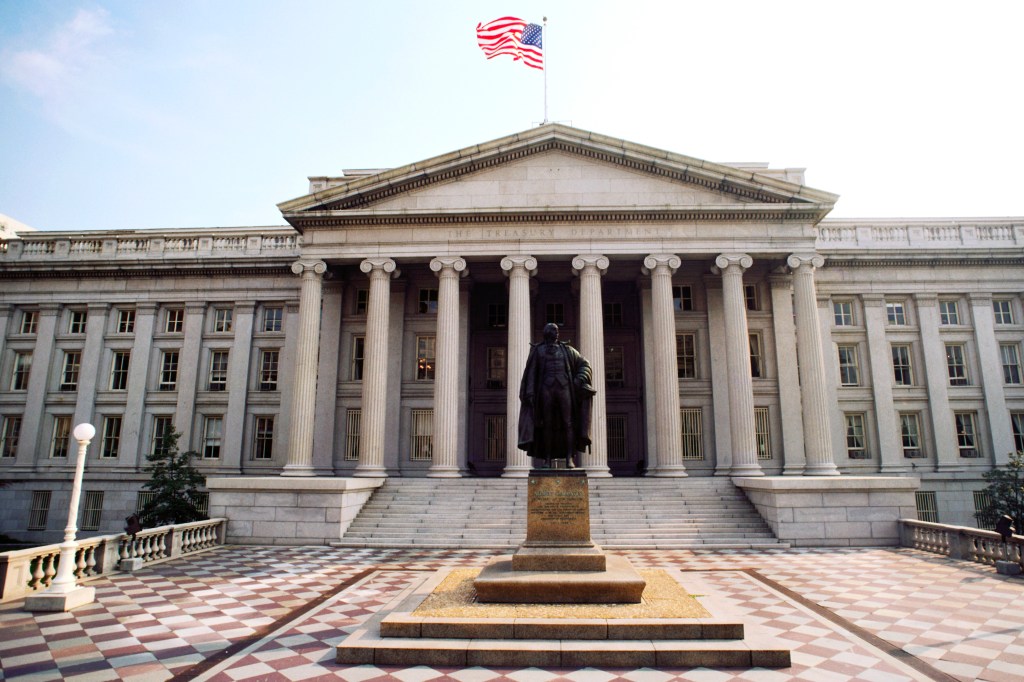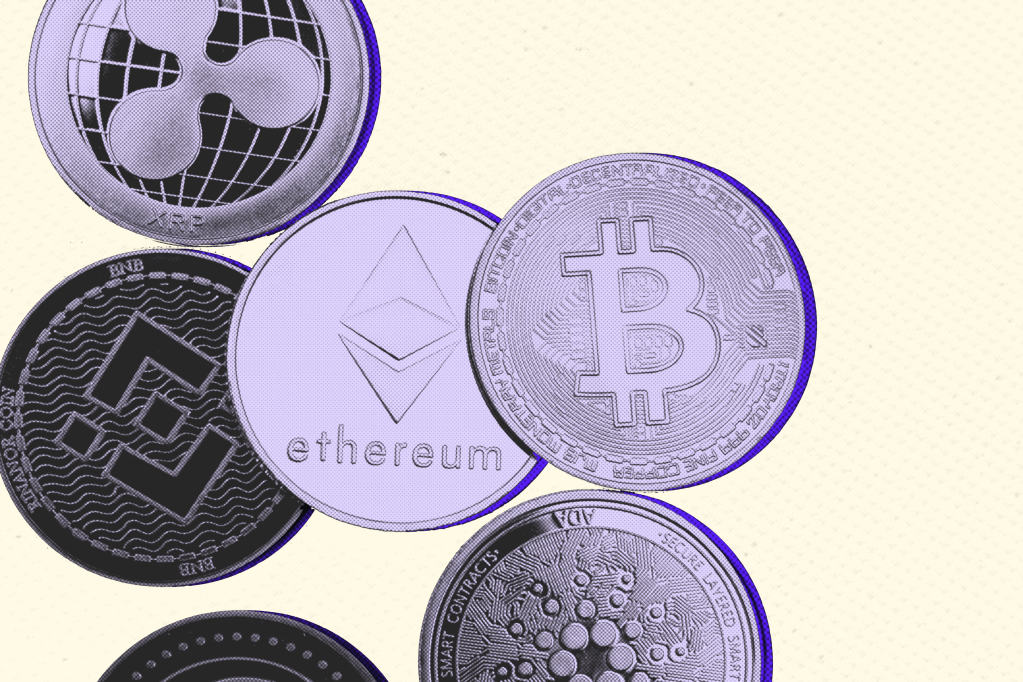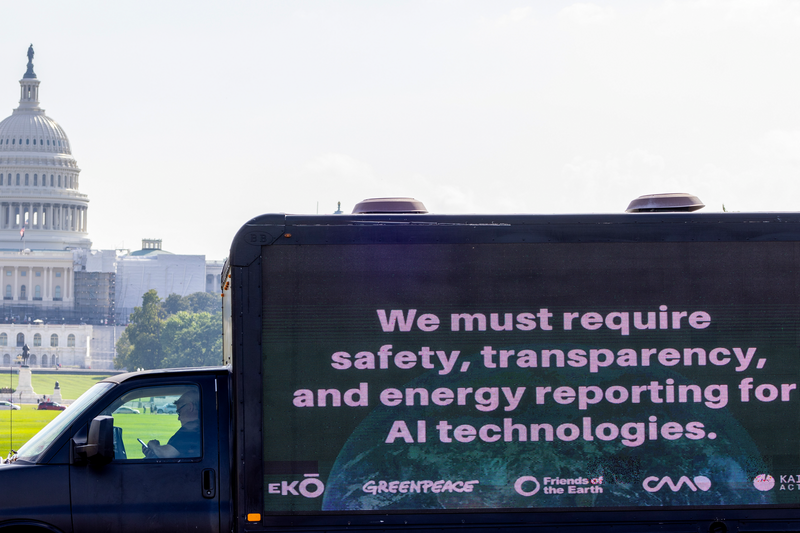This is a transcript of the podcast Laura Rabinowitz tells us about the Uyghur Forced Labor Prevention Act between GRIP’s US content manager Julie DiMauro, and Laura Rabinowitz, shareholder at Greenberg Traurig LLP in New York.
[INTRO]
Julie DiMauro: Greetings everyone, and welcome to a Global Relay Intelligence and Practice podcast. I am Julie DiMauro, the US Content Manager here in New York. The podcast is being brought to you by the Intelligence and Practice Service we call GRIP, a service that features a daily website of articles on a variety of compliance and regulatory topics, plus podcasts and other deep dives into trends and best practices.
You can find the service at grip.globalrelay.com and please connect with us LinkedIn.
Today’s podcast session is on the supply chain and some of the top challenges in this area. And I’m quite pleased to say that a premier legal expert in this arena has joined us today, Laura Rabinowitz, a shareholder at the law firm Greenberg and Traurig in New York.
Laura, first, can you tell us a little bit about your legal practice and your background and we’ll get into the discussion.
Laura Rabinowitz: Sure. Hi, Julie. So happy to join you today. As Julie mentioned, I’m a shareholder with Greenberg Traurig. I’m in the New York office.
My practice focuses on working with companies that are manufacturing globally and importing and exporting globally. That’s from commodities, components of products and finished products with a focus on imports into the US.
I started my career quite a number of years ago with US Customs. I was in the Assistant Chief Counsel’s office for US Customs. It’s a branch of their chief counsel’s office in New York, which does the litigation in the court of international trade. And I’ve been in private practice now since 1997, long time.
Julie DiMauro: Laura, thank you so much and thank you for being here. All right. So let’s get into it. There are a lot of international laws and standards that apply in this arena, the UKs and Australia’s modern slavery laws. And then there are two that are specifically related to the Uyghur population in China, the Uyghur Human Rights Policy Act and the Uyghur Forced Labor Prevention Act. The latter two focus on that population and they’ve gotten an incredible amount of attention in the last few years. Can you tell us a little bit about them?
Laura Rabinowitz: Yeah. So, first, we’re going to talk about the Uyghurs, but I just wanted to give a little background to the issue of forced labor in the US. Where we’re at today is we have the Uyghur Forced Labor Prevention Act, which went into effect in June of 2022.
But having said that, it has been a violation of US law to import goods or components of those goods made with forced labor since the 1930s. So there’s been bipartisan support for the issue of that prohibition for many, many years.
And then in June of 2022, the Uyghur Forced Labor Prevention Act (or UFLPA) went into effect. And it really was a game changer for US Customs because what it did is it really empowered the agency to actually detain goods made with forced labor. Because until June of 2022, US Customs could only detain goods if there was either a potential health and safety issue or a potential trademark violation.
In addition to those two major buckets, customs did and continues to have the ability to issue withhold release orders, which allows them to detain merchandise. However, withhold release orders, and there were only less than 55 active withhold release orders currently, those are specific to certain products and certain entities producing those products.
And it’s not just China, they’re from many countries. Though other than that limited group where there’s withhold release orders, customs really didn’t have the ability to detain merchandise on the basis of forced labor. And then once UFLPA went into effect in June of 2022, as I said, it was a game changer because that created a rebuttable presumption that any good or a component of those goods produced in the Xinjiang region is presumed to have been made with forced labor and therefore denied entry into the US. So it created that rebuttable presumption.
So now, since June of 2022, the onus is on the importer to prove the negative that the goods and all components of those goods are not made with forced labor,
Julie DiMauro: That’s a great overview. Thank you for that. And then when we’re thinking about required elements under the regulation, what do we need to show, what do businesses need to show to rebut this presumption? Is it transactions, locations, identities … what goes into that?
Laura Rabinowitz: All of the above. So should there be a detention and should the importer decide they want to file a submission to US Customs rebutting that presumption, they need to show a complete paper trail of production of the product, starting with all the raw materials, the purchase orders for all the raw materials, or cotton apparel that would be going down to the bale of cotton.
And customs wants to see a complete set of, we call them traceability documents. So it’s all purchase orders. It’s a timeline of the production. It’s how transportation documents, how all the raw materials move from one site to another for further processing. Most goods, I mean, other than the simplest of goods, are manufactured in multiple countries. Raw materials come from multiple countries, components come from multiple countries. So an importer who decides to file that submission needs to have that complete paper trail.
In fact, customs not only wants to see a timeline and you really have to spell it out for them, like very specifically, they want to see a map of where all these production facilities are on the map. And you can label them, you know, one, two, three, four. So they really want to see that. And who the workers are at each stop in the production, where are their payment records, where’s the payment for each step in the production, how the goods are getting from each step, the transportation documents.
And at the end, the last documents are assembly of the merchandise and importation into the US.
So I’ve looked at a lot of traceability documents and much of the time they’re not sufficient to file because if an importer decides to file a submission and it’s inaccurate or incomplete, there’s going to be a finding of forced labor. The finding is technically against the manufacturer, not the importer, but the bottom line is the importer would not get the goods.
Julie DiMauro: And it seems like, I mean, this is very granular in detail terms of what they have to supply for information, but also they need to, it seems like, shake up their own vendor apparatus to be able to find, where these goods came from and reduce that timeline and sourcing documentation that you’re describing. That’s a lot of entities, a lot of due diligence on their part that they have to conduct.
Laura Rabinowitz: Tremendous amount of due diligence. And it’s not in the traditional scope of due diligence that importers were doing before.
Traditionally, your buyer of imported goods. The importer has a relationship with the manufacturer of those goods. And you’ve, the company has vetted the manufacturer, right? But not that, so we call that a tier one supplier, but not tier two, tier three, tier four suppliers. And that’s what this legislation requires of importers to do. If they want to fight a detention, they need to be able to show that. And I said, I’ve seen lots of documents that are insufficient. I’ve also seen documents that are in fact sufficient and importers have been successful in getting releases of detention. It very much depends on the supply chain.
Julie DiMauro: I was going to say that. Is it lack of effort or is it a little bit, you know, listen, they just happen to have a supply chain that was cooperative, right? Forthcoming and had good records. Is it more on that side?
Laura Rabinowitz: I mean, it’s both. Certainly cooperation of the vendor is key and we’ve seen vendors be cooperative and we’ve seen vendors be uncooperative. But it also depends on what the product is, how tight the supply chain is.
Sometimes it’s very difficult to show, for example, if there’s commingling of raw materials and how you separate, for example, the Chinese cotton from the Indian cotton, it’s, or there’s recycled or recycled cotton product. It’s very difficult to get down to the granular level that’s required for a recycled cotton product, for example.
But I have seen, for example, solar products. Polysilicon is one of the targeted industries and those supply chains seem to be easier to do diligence on. So I’ve seen companies be successful.
Julie DiMauro: That’s very interesting. If we could just talk for a second about the regulatory guidance and strategy documents. I mean, you know, US Customs and Border Protection has operational guidance for importers in 2022 that they issued also that year. It has an interagency force, labor enforcement task force. So are those guidance documents helpful to the trade community in terms of like their prioritizing compliance measures and identifying their risks?
Laura Rabinowitz: Yeah, I would say to some extent the documents are actually quite helpful because A, they tell you specifically which documents they want to see and they mean it. Like when they say we want to see a timeline of the production, they want to see a timeline of the production. When they want to see purchase order for all raw materials, you have to be able to supply a purchase order for all raw material.
So in that case, have specific documents listed in those guidance documents. So those in fact are very helpful. What I think the guidance doesn’t focus on and which I spend a lot of time working on with companies that are importing into US is what companies can do prophylactically, way before there’s a detention.
Julie DiMauro: That would be a lot more helpful and probably save some resources as well. So I also read that Customs has indicated it’ll employ a risk-based approach its enforcement. First of all, what does that mean and how likely are they to focus its initial enforcement on high priority enforcement sectors? And also what does that mean, the high priority enforcement sectors?
Laura Rabinowitz: So they’ve been Customs, that interagency task force, focused with US Customs at the border has been very clear about high priority sectors. And we’ve seen the detentions are from those high priority sectors.
So the products listed as targeted products when UFLPA was announced, cotton apparel, polysilicone, and tomatoes. Those are the original products.
Julie DiMauro: OK.
Laura Rabinowitz: Now they’ve announced that they’re targeting other sectors. Just in August, they announced that they’re going to be targeting non-ferrous metals and magnesium and seafood, aluminum, and polyvinyl flooring. They announced, heard a senior executive from Customs speak many months ago and he said, we will be expanding the list of the targeted industries. And then in August, that list was announced. So they mean it.
Like when, I mean, they’re telling the trade, these are the high risk industries. And they in fact are now on notice that there are potential detentions in those industries.
Julie DiMauro: You think more is coming. You wouldn’t be surprised if that list grows.
Laura Rabinowitz: Oh, not at all. No, we know for sure the list is growing of targeted industries. And I should also mention that part of the enforcement is also the entity list.
The interagency task force also issues an entity list of specific manufacturers that their products are automatically detained by customs, should there be an entry from those manufacturers.
Julie DiMauro: Because they’re presumed to be in violation.
Laura Rabinowitz: Correct. Again, the entity list and they don’t say how often it gets updated, but the legislation says periodically and they have in fact updated the list in the last two plus years. They have in fact updated the list periodically. And the last time was in August.
Julie DiMauro: OK. I want to ask you about, because I keep just, I just keep thinking like, I’m going to have to go there to these locations and do unannounced inspections. That would be the only way for me to really have a true line of sight into what’s going on there. Is that allowable? Can you put that into contract language? Is that even feasible?
Laura Rabinowitz: So if we’re talking about China, if we’re talking about Xinjiang in China, the answer is you may want to go there and check a factory, but no can do. Non-Chinese are not allowed into the region anymore. I’ve been told that for Chinese nationals, they need permission to go into the region.
Even if you were to have access to the finished product facility that would not be sufficient to rebut that presumption that there’s some nexus to the region. I mean, Xinjiang provides 20% of the world’s cotton. So you could be manufacturing your cotton apparel in Vietnam, so you don’t need to go to China for that, but you need to be able to show that none of the components in that cotton apparel manufactured in Vietnam come from Xinjiang. That there’s no nexus to the region.
So I think at this point, site visits are not that helpful.
Julie DiMauro: You can’t get a true line of sight into all of the moving parts, all of the players involved. So absolutely, that makes sense. So then the due diligence process. You want to word your supplier contracts deliberately, I would imagine. What do you advise in terms of better wording for these contracts, committing to action in the same manner so that there’s some consistency? What would you advise?
Laura Rabinowitz: Yeah. So the supplier contracts are very important at this time. And as I mentioned, what can an importer do prophylactically before there’s any potential detention? So first, importers have to do a risk analysis. Right?
The language that you’re going to edit into your supplier contracts is going to be different if you’re with a high risk product as opposed to a lower risk product. I think all supplier contracts need to be reviewed at this time.
But let’s talk for, particularly if there’s a higher risk product. Importers certainly want to put in a requirement that periodically, and that language periodically can be edited depending on how high a risk the product is, that they will require traceability documents. An importer needs to be able to know, should there be a detention, can this supplier actually supply the documents that we would need to get a shipment released?
So do sampling. Right? So you need to add language to your purchase agreement that if you’re going to be our supplier, you are agreeing to periodic traceability reviews. A. B: should there be a detention, the importer is not going to pay for the goods unless we get the goods released. Then of course it depends if the imported product is a component or it’s a finished product.
Let’s say it’s a finished product and it’s seasonal merchandise. Well, once you file a submission to customs, it can take potentially months to get it released. We’ve seen variations in timelines on how long customs reviews these submissions. It could be months. So if you’re importing summer merchandise and you get it at the end of fall, well, that doesn’t help you much.
So you want to add language to protect the company financially. And if merchandise is detained, there are storage costs, there are potential transportation costs. So all that has to be added into protection agreements.
Many companies have chargeback policies for late or damaged merchandise. We’re now adding lines to those chargeback policies. Should there be a detention and we don’t get our goods for week, two weeks, a month, three months, this is what we’re going to charge you. And at some point we’re not paying for the goods.
Julie DiMauro: Makes sense.
Laura Rabinowitz: All of those contingencies, should there be a detention, need to be added to those production agreements.
And not just so I mentioned production agreements, chargeback policies, also vendor codes of conduct. Very important to have a vendor code of conduct and that vendor codes of conduct typically have ESG language now. So forced labor, those provisions really have to be beefed up now too.
Julie DiMauro: Well that’s the thing. I mean, they’re not just dealing with compliance with this particular law. They also have, you know, other ones that they have to deal with in terms of forever chemicals and other ESG-based regulation in a number of different countries. So keeping track of all of that, whether it’s contractually in terms of their due diligence and their audits, that’s a lot.
Laura Rabinowitz: Oh, very time consuming for companies.
Julie DiMauro: I think I’m just making that statement because it just seems like there’s so much emphasis on supply chain due diligence and the role of procurement officers and supply chain professionals. Like I haven’t seen, you know, like 10 years ago, I wouldn’t have had the same type of discussion with you. We would have talked about supply chains, of course, and we would have talked about, as you mentioned, forced labor was in the conversation for a number of years, even decades. But at this point, it is incredibly resource intensive and a really big, big component of compliance and legal and their time.
How do they make time for it? And how does compliance have oversight over, you know, kind of what the supply chain team is doing?
Laura Rabinowitz: Yeah, I mean, you’re absolutely right about how this has morphed over time. I mean, it used to be that procurement people were focused solely on the bottom line and how much does it cost to get the goods into the US? What’s the cost per unit? What’s the cost of getting them into the US? And that was it. And that’s the basis that they were judged.
And now the idea that a company may not get the goods, or there could be a forced labor issue that may tarnish a company’s brand if they’re connected. So it’s become much more important and the conversation of the company has gone from just the procurement people to the C-suite, right?
So companies, that’s why I say what’s most important at this time is to do a risk analysis because that will determine the effort, you know, the time, the money spent on doing this potential due diligence.
Julie DiMauro: Absolutely. And in that regard, have you found that some companies are exiting the region or even lines of business because of this?
Laura Rabinowitz: Oh, absolutely. Once they’ve done their risk analysis, most companies have a, can we, what can we get out of China? Can we move any facility, any sourcing from China to another area? And of course, other countries in Asia have been big winners. They’ve seen, you know, Vietnam has exploded with their production and other countries, but companies are also realizing that if your components are still coming from China, even if your production is in Vietnam, for example, you still can get stopped for forced labor. But they certainly are looking at what can we move out of China?
India is the big beneficiary now. Mexico. Yeah, I would say in all industries, companies are looking, what can we move out of China?
Julie DiMauro: Absolutely. Now, would it help? And I’m wondering if this is a hindrance, actually. So when I ask, would it help, is it a problem that the US is going at it from their own perspective? And that and maybe other countries are not having the same type of enforcement strategy and the same type of rules?
Laura Rabinowitz: Well, there may not be complete consistency internationally, but there certainly is an international push to eradicate forced labor in the supply chain from Xinjiang.
The EU have legislation, Canada, Mexico, they all have legislation now. So a number of years ago when this issue was just percolating in the US, I used to tell companies, if you have an issue with US Customs and your merchandise might be stopped, have a contingency plan. If you can at all sell your merchandise, not in the US, but sell it to Canada, you know, sell it in a Canadian store or Mexico or ship it to the EU, do that and don’t even hassle with US Customs and try.
But now you can’t just do that because of the beefed up legislation in other countries. So even though it’s not completely consistent, the messaging is pretty much similar. These countries and the EU do not want products made with forced labor from Xinjiang.
Julie DiMauro: Absolutely. And now that we’ve advertized it quite a lot and thanks to social media and a lot of talking heads discussing all of this, people caring a little bit more about where their sweater came from, I would think also that it’s just a lot of reputational risk. Right. So consumers, employees of companies even are demanding changes, which is putting a burden on companies, I would think as well.
Laura Rabinowitz: Yeah, absolutely. I mean, we’ve seen this issue of reputational damage to a company is not new where there’s some worker rights violation. I mean, if you remember a number of years ago, the Rana Plaza fire in Bangladesh, the brands that were found in the rubble of that fire, it was reputationally, it was a PR nightmare for those companies.
So even though under the regulations, there shouldn’t be PR issues for these reputational issues for these companies that have seizures of their merchandise and findings of forced labor, there is a potential for potentially bad PR coming out. And we’ve seen companies listed. I mean, when you read articles about forced labor violations, there are companies listed there.
So they’re definitely dealing with the fallout from that publicity. So companies also have to be very careful at what they put on their website, saying, we have no forced labor in our supply chain. And then somehow it comes out that there’s been a seizure of their merchandise or there’s some article and there’s potential for a class action litigation. So they have to be careful on many levels.
Julie DiMauro: Absolutely. But I’m just thinking of like, you know, I didn’t bring up things like forever chemicals years ago or thought about where, you know, things that I’m so glad that this item of clothing is super cheap. I wouldn’t have thought that it was super cheap because it was made with forced labor. So like I am thinking that conversationally some things have changed.
Laura Rabinowitz: Yes. As you said, shareholders, employees, consumers are definitely looking at the issue now of forever chemicals and thinking about the supply chain.
Julie DiMauro: Right. The shift has been palpable and I think it’s very interesting. But with all this discussion and, you know, it being on the mind of a number of different stakeholders, is the law and line related […], because we talked about other countries, having the desired outcome on forced labor as is practiced in the region as far as you know?
Laura Rabinowitz: I don’t think the US can say they’ve seen a diminishment of forced labor in China. I don’t think we can say that. But what we have seen for sure is companies moving out of the region because of the issue.
So if there are production facilities in Xinjiang, they’re selling fewer goods to the US. They’re certainly selling fewer goods to the U.S. and the EU at this time.
Julie DiMauro: Do you think that this law will continue to be enforced 2025?
Laura Rabinowitz: You mean no matter who wins the presidency?
Julie DiMauro: Yes, no matter who wins.
Laura Rabinowitz: Absolutely. There is tremendous bipartisan support for this issue of forced labor and the issue of forced labor in Xinjiang. And expanding that to other regions of China. The Biden administration and the Trump administration both have been very strong on this issue. And it’s bipartisan in Congress and it’s a multi-agency attack on the issue. It’s the State Department, Department of Labor, Customs, Foreign Homeland Security. And as we’ve discussed, the public. So I certainly expect this to continue into 2025 and beyond and to expand.
Julie DiMauro: Well, you heard it here, folks. Thank you so much for your insights, Laura. I really appreciate it. This was a wonderful discussion. And thanks to all of our listeners for joining us today for this GRIP podcast.
Don’t forget to check out our other compliance and regulatory topic discussions in the form of articles and other podcasts on our daily website, grip.globalrelay.com. And we’ll see you back here for another program soon.
Thank you again, Laura.
Laura Rabinowitz: Oh, my pleasure. Thank you, Julie.

